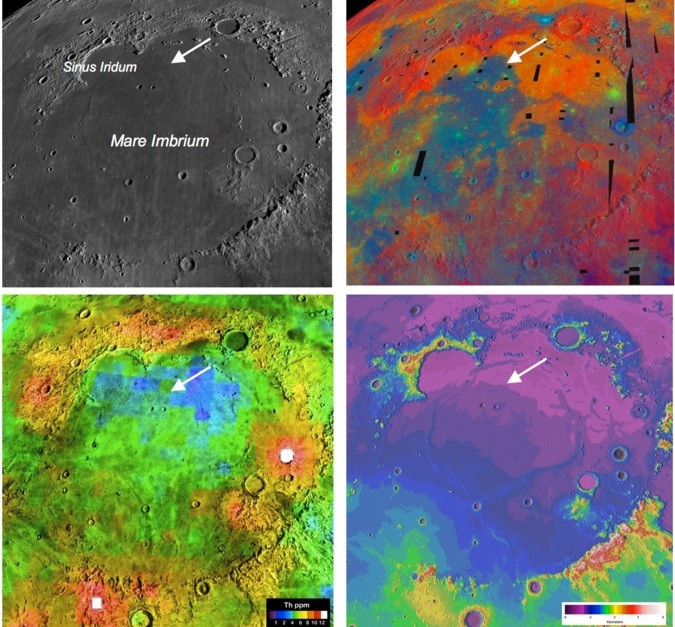A new type of rock has been discovered on the moon by Chinese scientists after an unmanned Chinese lunar lander was launched in 2013 as it discovered some ancient volcanic lava.
The mineral composition of the lava flow was apparently unlike anything found by NASA astronauts or by the Soviet lander between 1969 to 1976.
The rock was uncovered from an impact crater located in the Mare Imbrium which proves that planetary exploration is no longer limited to Americans, Russians and the European Space Agency since Japan, India and China have launched their lunar orbiters with their own rockets.
However, when NASA's Apollo program ended, America scientists have mostly conducted their lunar exploration and research from orbiters. Now, China's Chang'e-3 lunar mission landed a rover known as Yutu or "Jade Rabbit" in a region with relatively new lava flow. The rover continued to analyze and unravel this mineral mystery as scientists found out that this basalt possesses a truly unique composition.
This new study aims to reveal new information about the origins of Earth's natural satellite and also to enhance data readings from satellite instruments.
The moon was thought to be formed when a planet sized object collided into Earth during the early formation stages of the solar system. When the debris from this cosmic impact already cooled down, some radioactive elements that lies deep within its core heated the rock under its crust where it erupted 500 million years later that formed "seas" into impact craters.
This time, the Yutu rover began examining lava that flowed on the moon some 3 billion years ago where geochemists reconstructed the history of this lunar rock flow from this unique mix of minerals found in the cooled ancient lava.
The basalts that was uncovered by NASA expeditions or the Soviet Luna probe was either high in titanium content or low. This new Chinese discovery however, involves intermediate titanium content and iron oxide rich properties compared to the last lunar landing's findings in 40 years.
According to researcher Bradley Joliff from Washington University, this diversity reveals that the moon's upper mantle is less consistent in composition than Earth's where the moon's volcanism has changed over time.
This mixture of magma minerals also reveals clues about the deep interior of a planet, since minerals found in molten rock can crystallize in various temperatures. Joliff says that the different titanium distribution found on the surface of the moon is suggesting that the lunar core is not homogenized or fused well with other elements, and this will be a new mystery to unravel.
This new study is published in the journal, Nature Communications.






















